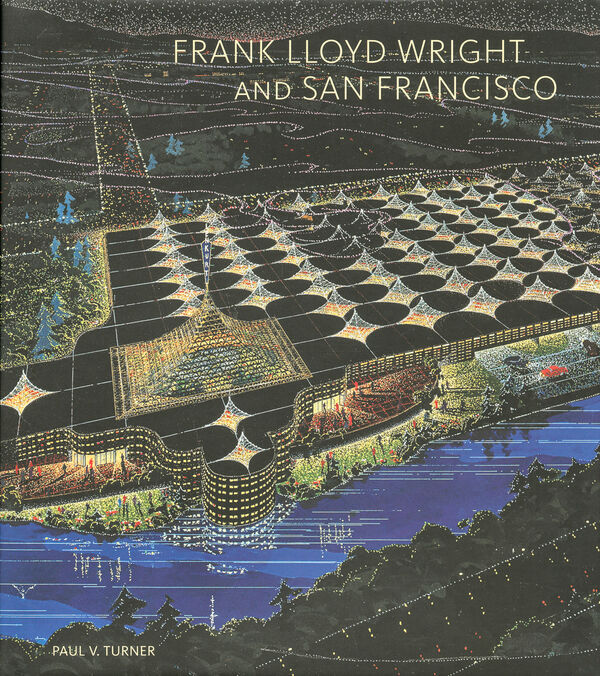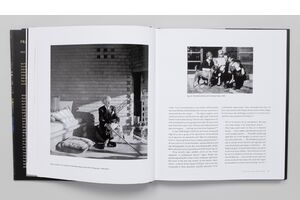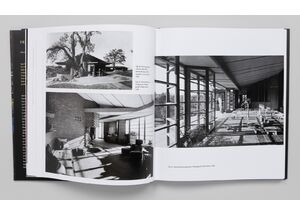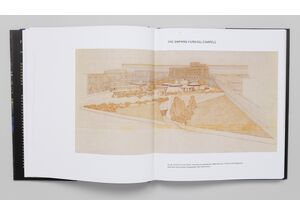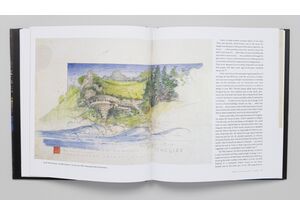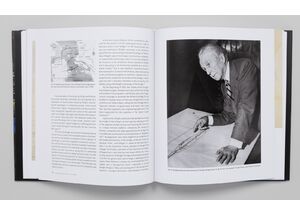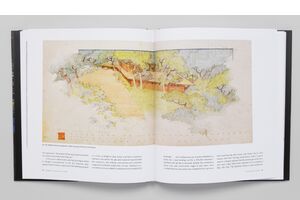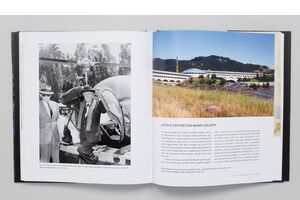Kontakt
art book cologne GmbH & Co. KG
Deutzer Freiheit 107
50679 Köln
Germany
Öffnungszeiten Büro und Showroom:
Montag-Freitag von 8-17 Uhr
info@artbookcologne.de
Tel.: +49 221 800 80 80
Fax: +49 221 800 80 82
Über uns
Seit 1997 sind wir Großhandel für hochwertige Publikationen der Gebiete Kunst, Kunsttheorie, Kunstgewerbe, Architektur, Design, Fotografie und illustrierte Kulturgeschichte. Unser kleines Team setzt sich aus den Fachgebieten Kunst, Kultur, Musik, Buchhandel und Medien zusammen und hat bei aller Vielfalt einen gemeinsamen Nenner: Die Begeisterung für schöne Kunstbücher.
Der Schwerpunkt unserer Tätigkeit liegt in der Übernahme von Restauflagen von Verlagen, Museen und Kunstinstitutionen. Wir bieten diese Titel dem Sortiments- und Versandbuchhandel, den Museumsshops und dem Kunsthandel an.
Frank Lloyd Wright and San Francisco
| Verlag | Yale University Press |
| Jahr | 2016 |
| Einbandart | Fester Einband mit Schutzumschlag |
| Sprache | Englisch |
| ISBN | 978-0-300-21502-1 |
| Seiten | 224 |
| Gewicht | 1312 g |
| Mehr | |
| Autor(en) | Paul V. Turner |
| Artikel ID | art-28506 |
An unprecedented look at the architect’s storied relationship with San Francisco and the Bay Area.
Frank Lloyd Wright (1867–1959) often spent time in San Francisco, which he called “the most charming city in America.” Paul V. Turner looks at the architect’s complex and evolving relationship with the city, surveying the full body of Wright’s work in the Bay Area—roughly thirty projects, a third of which were built. Spanning 1900 to 1959, they include houses, a gift shop, a civic center, a skyscraper, a church, an industrial building, a mortuary, and a bridge across the San Francisco Bay. The unbuilt structures are among Wright’s most innovative, and the diverse reasons for their failure counter long-held stereotypes about the architect.
Wright’s Bay Area projects are published together here for the first time, along with previously unpublished correspondence between Wright and his clients, as well as his Bay Area associate Aaron Green. Stories from San Francisco newspapers portray the media’s changing positions on Wright—from his early personal scandals to his later roles as eccentric provocateur and celebrated creative genius. Beautifully illustrated with the architect’s original drawings and plans, »Frank Lloyd Wright and San Francisco« highlights aspects of the architect’s career that have never before been explored, inspiring a new understanding of Wright, his personal and client interactions, and his work.

